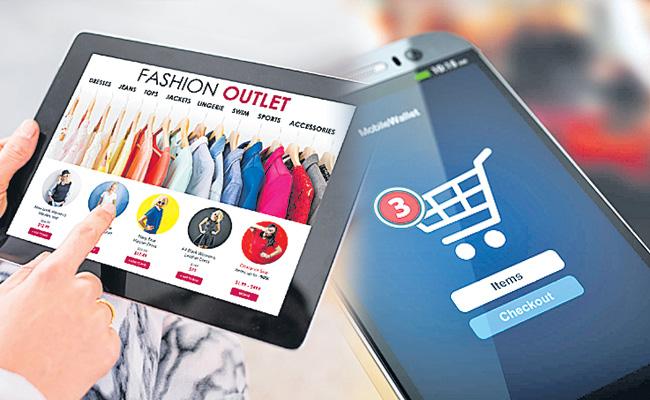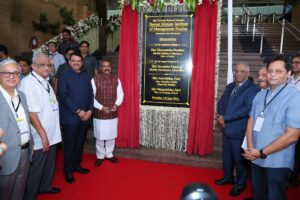
Global online grocery purchasing is up 15% in the last two years, leading to an estimated US$70B additional sales in online FMCG, according to a new report by global measurement company, Nielsen. Closer home, in India, with growing consumer trust and confidence within online buying ecosystem, ecommerce channel has evolved significantly and in the past two years has grown its share by as much as three times, within total FMCG retail sales. This has led to online purchase of a broader range of categories, with a particularly interesting upswing seen in fresh & packaged groceries.
The 2018 Nielsen Connected Commerce Report, which looks at consumers’ online purchasing habits, reported that 98% of Indian consumers who have access to the internet have made a purchase online. Stalwart e-commerce categories travel, fashion, IT & Mobile continue to account for the largest proportion of online transactions (69%, 66% and 63% of consumers respectively purchased online for these category). Meanwhile, the categories posting the most significant growth in e-commerce channel include packaged grocery, where 40% of online consumers said they made a purchase (21% growth on a base growth rate of 33% in 2017), fresh groceries (growth of 17% moving to 41% as against 35% in 2017) and baby & children products (up 10% to 32% as against 29% in 2017).
“From tracking the e-commerce evolution in pioneering countries like South Korea where online sales now account for a staggering 20% of the total FMCG sector, we know that consumers follow a certain pattern of online shopping behaviour,” observes Sameer Shukla, Executive Director – Retail Measurement Services, Nielsen – South Asia.
“Travel, fashion and IT/ Mobile products are typical categories for first-time online shoppers, but as their familiarisation, comfort and trust levels increase, their category repertoire expands into areas like beauty, personal care and baby products, and then moves even wider afield to packaged and fresh grocery categories, and this is evidenced in the significant jump we’ve seen in online purchasing within grocery and food delivery in recent years. At the same time, with the large scale data democratisation, millions of Indians are being connected and there remains a lag between getting connected and transacting. Therefore, while the numbers have grown in absolute, the percentage of transacting Indians has declined marginally in 2018. This also means that there is a huge untapped potential for online shopping across categories in the coming years.”
“With the rise of consumer adoption in online purchasing, the continuously evolving e-commerce space has blurred the lines between online and offline,” notes Shukla. “A few years ago e-commerce purchase was focused on non-perishable goods such as travel, fashion and books but over time we are seeing a rise in purchases across new categories. Looking ahead, the next wave of evolution in online purchasing behaviour will likely be driven by innovations in digital capabilities like personalised recommendations based on programmatic consumption and online behaviour.”



